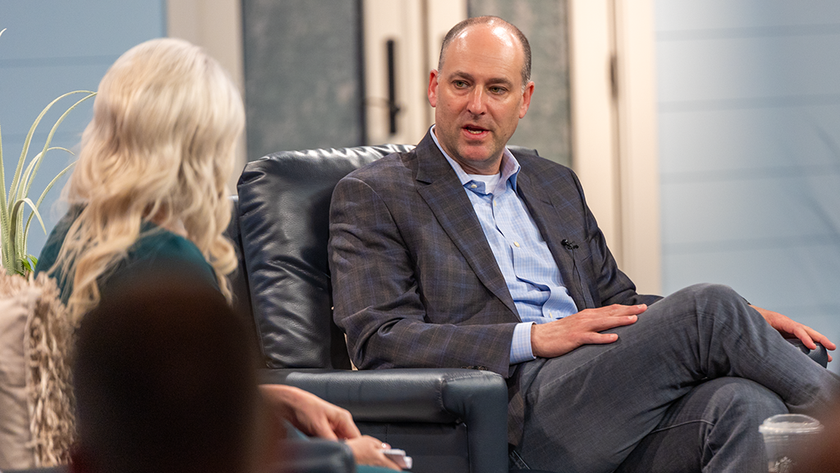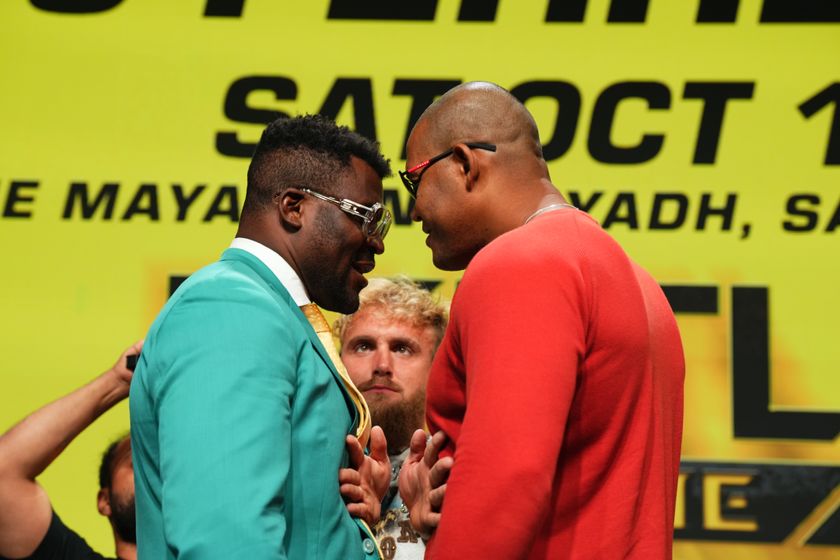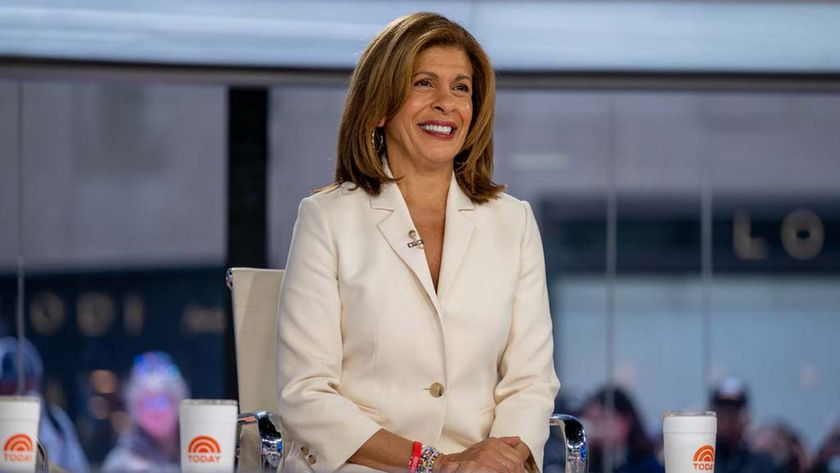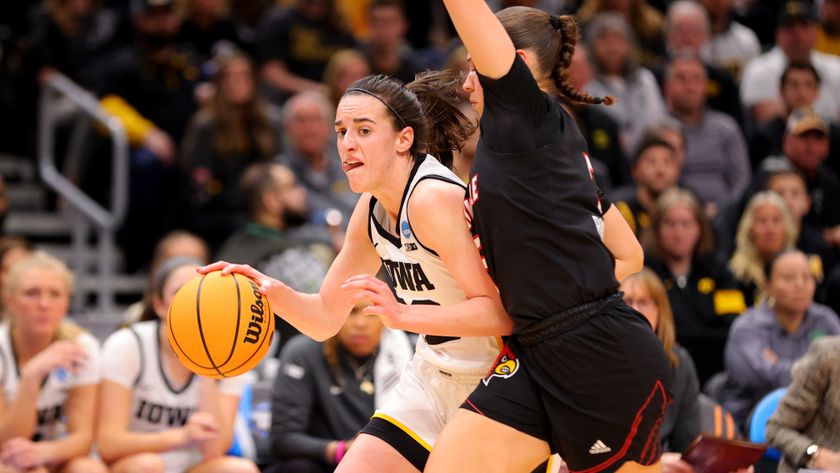'B&C' Hall of Fame: 25 Years of Primetime

As B&C gets set for its 25th Hall of Fame ceremony on Oct. 20 at New York's Waldorf Astoria, we are taking a look back at the many ways the medium of television has changed as a business and as a part of culture. Today's installment: primetime.
Fully 15-plus years before Survivor’s 31st installment kicked off in Cambodia in late September, the show was an unknown and unloved entity. CBS president and CEO Leslie Moonves was down on the concept, adapted from a Swedish program, but a determined programming underling, as legend has it, ultimately convinced the CBS titan to give it a summer run.
Created by Charlie Parsons and produced by Mark Burnett, a former paratrooper in the British military, Survivor debuted on the final day of May in 2000. Jeff Probst, perhaps best known at the time for hosting Rock & Roll Jeopardy!, donned his khaki shirt and cargo shorts and set out for Borneo to host.
While the concept of stranded or isolated contestants was popular in Europe, reality TV was hardly the programming staple it later became—in large part because of the success of Survivor. Big Brother debuted on CBS later that summer, and The Amazing Race in 2001. Frames of reference for U.S. viewers included MTV’s The Real World and, going back to the early 1970s, An American Family, featuring the feuding Loud clan of Santa Barbara, on PBS.
In that first installment of Survivor, 16 fairly ordinary Americans landed on the Malaysian island of Tiga, and were split into two tribes. Food was scarce and, if the B roll was to be believed, snakes were everywhere. The last man or woman standing stood to gain a million bucks. “Outwit, outlast, outplay,” went the ubiquitous slogan.
Over the course of that summer, contestants such as Rudy Boesch, a cantankerous military vet, and Sue Hawk, a hardy Wisconsinite with her hair wrapped in a “buff”, as those multipurpose pieces of elastic-y fabric were known, became household names. So did phrases such as immunity challenge and tribal council and “The tribe has spoken,” the latter coming when a contestant was voted out, their torch ceremoniously snuffed out by a stone-faced Probst.
Back in 2000, TiVo was just a year old, and few had them. As the summer wore on, more and more Americans made sure they were home in time for Survivor Wednesdays at 8.
Broadcasting & Cable Newsletter
The smarter way to stay on top of broadcasting and cable industry. Sign up below
When the finale rolled Aug. 23, the jury of cast-off contestants fired questions at the two finalists, a conniving corporate trainer from Rhode Island named Richard Hatch and a subtly sneaky whitewater rafting guide named Kelly Wiglesworth. Hawk, burned by both finalists’ duplicitous alliance building, delivered an impassioned diatribe comparing one (Hatch) to a snake and the other (Wiglesworth) to a rat. Concluded Hawk, “I believe we owe it to the island spirits we have come to know to let it end in the way that Mother Nature intended: For the snake to eat the rat.”
Indeed, it was Hatch who got the million.
Yet it was CBS that truly benefited. Nearly 52 million watched that finale, and the show averaged 28.3 million viewers during its 13-week run, with spots going for as much as $300,000. Survivor, as much as any program, helped CBS pivot away from being the so-called old-fogey network. Wrote the New York Times in 2000:''Survivor, a breakout hit in every way, has stunned the television industry by generating for CBS the kind of ratings with young viewers that normally are associated with shows on the Fox network or ABC.”
Viewers eagerly awaited the next installment, set in the Australian outback, whose premiere ended up outrating Friends by almost 10 million viewers. Burnett became a reality TV colossus, his series including The Apprentice and Are You Smarter Than a 5th Grader, and was voted into the B&C Hall of Fame in 2007.
Burnett shook up the Survivor format with themed casting, such as Heroes vs. Villains in 2010 and Redemption Island, a mix of Survivor alum and newbies, a year later. But these days, artsy originals on cable and streaming services get way more buzz, and the reality genre is viewed more as something to efficiently fill the summer schedule than a source of cultural touchstones.
Survivor: Cambodia drew just over 9 million viewers Oct. 14. But for one hot summer, Richard, Rudy, Sue, snakes, rats and immunity idols were all the rage.
Michael Malone is content director at B+C and Multichannel News. He joined B+C in 2005 and has covered network programming, including entertainment, news and sports on broadcast, cable and streaming; and local broadcast television, including writing the "Local News Close-Up" market profiles. He also hosted the podcasts "Busted Pilot" and "Series Business." His journalism has also appeared in The New York Times, The L.A. Times, The Boston Globe and New York magazine.










